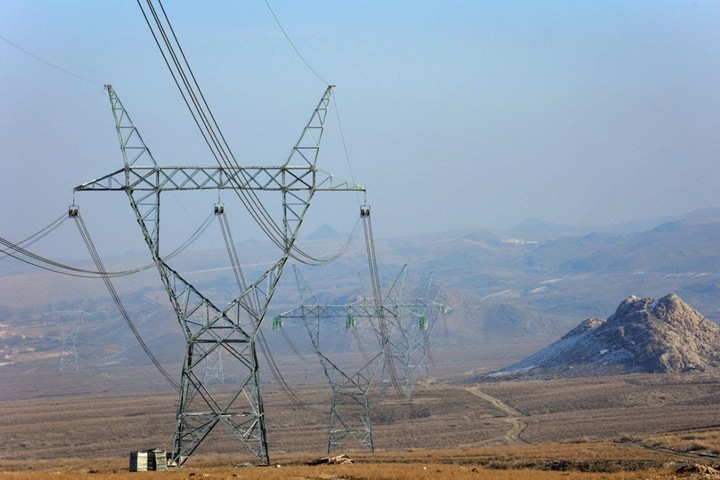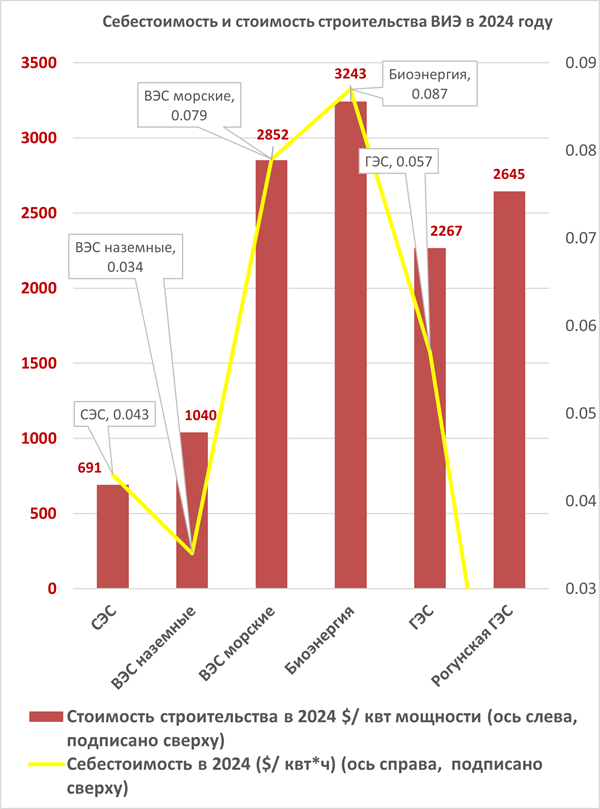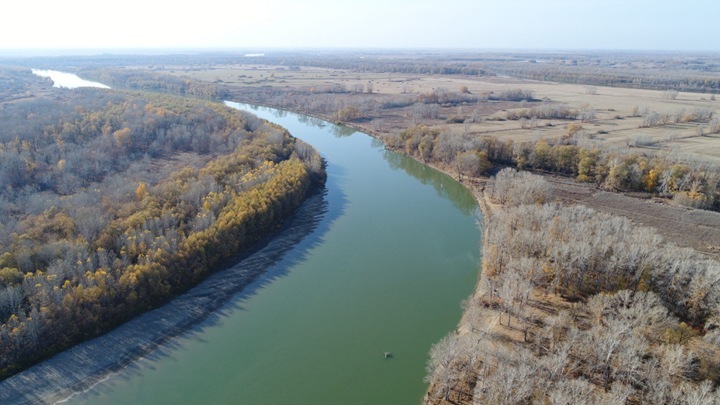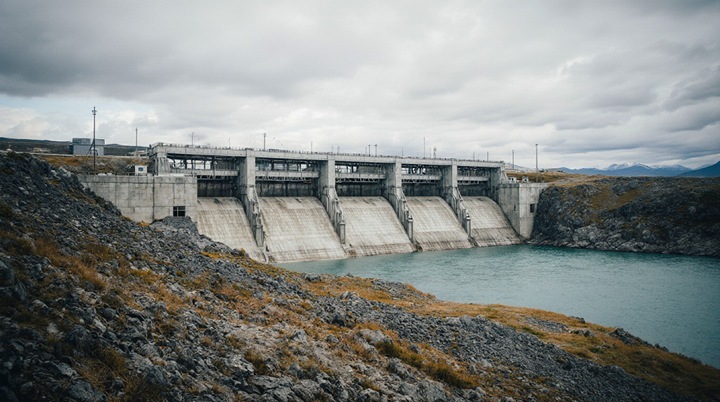New IRENA data confirm the unprofitability of the Rogun Dam project
The new annual report of the International Renewable Energy Agency (IRENA) for 2024 sheds light on the global dynamics of the cost of “green” energy, and its conclusions cast great doubt on the economic feasibility of one of the largest infrastructure projects in Central Asia – the Rogun Dam in Tajikistan. The data of the report show that the project, which is positioned as a guarantee of energy independence and export potential of the country, risks becoming chronically unprofitable.

According to the IRENA analysis, the cost of electricity (LCOE) produced at hydroelectric power plants remains high. For the first time in a long time, it has hardly changed and the global average for new Dams is 5.6 US cents per kilowatt-hour. Even in China, the world leader in the construction of Dams, this figure is kept at 4.9 cents. Against this background, hydropower looks noticeably more expensive than other types of renewable energy: it is 30% more expensive than solar and as much as 67% more expensive than wind.
This is where the main paradox of the Rogun project arises. Recently, representatives of the World Bank reported that Tajikistan has fulfilled one of the key conditions for obtaining financing – it has concluded contracts for the direct purchase of electricity with Kazakhstan and Uzbekistan. However, according to the published drafts of these agreements, the starting price for the sale of Rogun electricity at the border will be only 3.4 cents per kWh. Even taking into account the annual indexation by 2040, it will barely reach 4 cents. This price is 44% lower than the cost of production at new Dams in China and 68% lower than the global average. Selling energy cheaper than it costs to produce is a direct path to financial ruin.
Supporters of the project may object that Tajikistan is still exporting energy at low prices – for example, to Uzbekistan for 2 cents. However, this comparison is incorrect. Current supplies are carried out from old, long-paid-off Soviet hydroelectric power plants. The cost of energy of the Rogun Dam for decades to come will include a colossal investment component, which, according to recent estimates, will exceed 10 billion US dollars.
Perhaps the construction of the Rogun Dam is much cheaper than world analogues? No, the calculations show the opposite. Even without taking into account the costs of the Soviet period and the inevitable rise in price, the unit cost of construction is about $ 2,645 per kilowatt of installed capacity. This is higher than the global average ($2,225/kW), and even the Chinese ($2,433/kW). Therefore, there is no low cost of construction here.

The last argument remains – the exceptional efficiency of the hydroelectric power plant. But here, too, hopes are not justified. The utilization factor of the installed capacity (KIUM) of the Rogun Dam, according to calculations based on design documentation, ranges from 44-51%. This fully corresponds to the global average (48%) and Chinese (50%) indicators. There is no over-efficiency that can radically reduce the cost of a kilowatt-hour.
Thus, the facts add up to a disappointing picture. The cost of energy of the Rogun Dam cannot be lower than that of similar stations in the world, which means that exports to neighboring countries at prices fixed in contracts will be obviously unprofitable. This leaves open an unpleasant question that both the Government of Tajikistan and international creditors, including the World Bank, should ask themselves: who will eventually cover the multibillion-dollar losses? If the export is subsidized, then the only way to recoup the project will be to sell the remaining energy to domestic consumers at repeatedly inflated tariffs. Alas, in this case, the entire burden of the ambitious megaproject of the Rogun Dam should fall on the shoulders of ordinary citizens of Tajikistan.
Daria Syrskikh,
especially for Rivers.Help!
Original (in Russian): Новые данные IRENA подтверждают нерентабельность проекта Рогунской ГЭС


